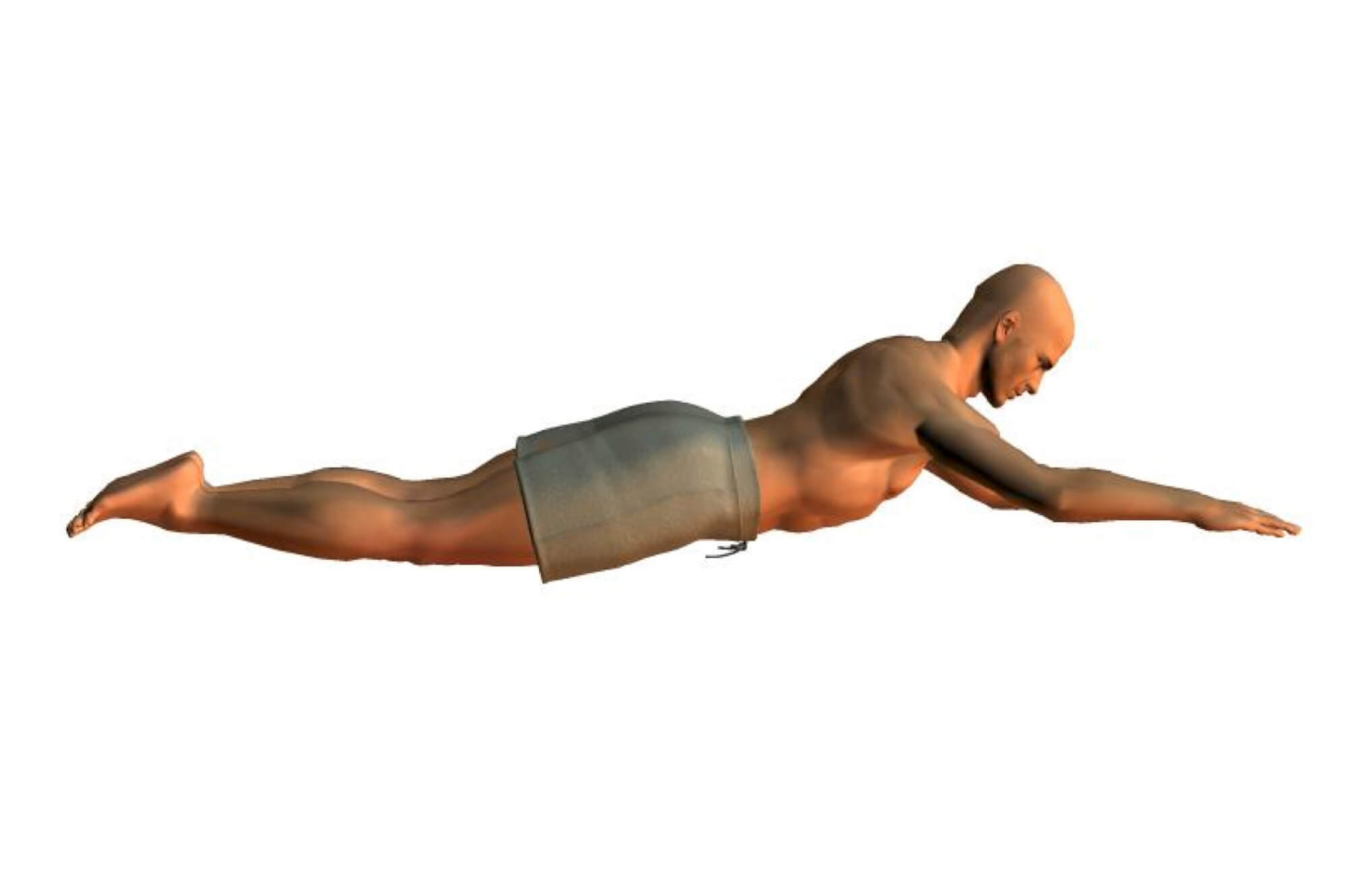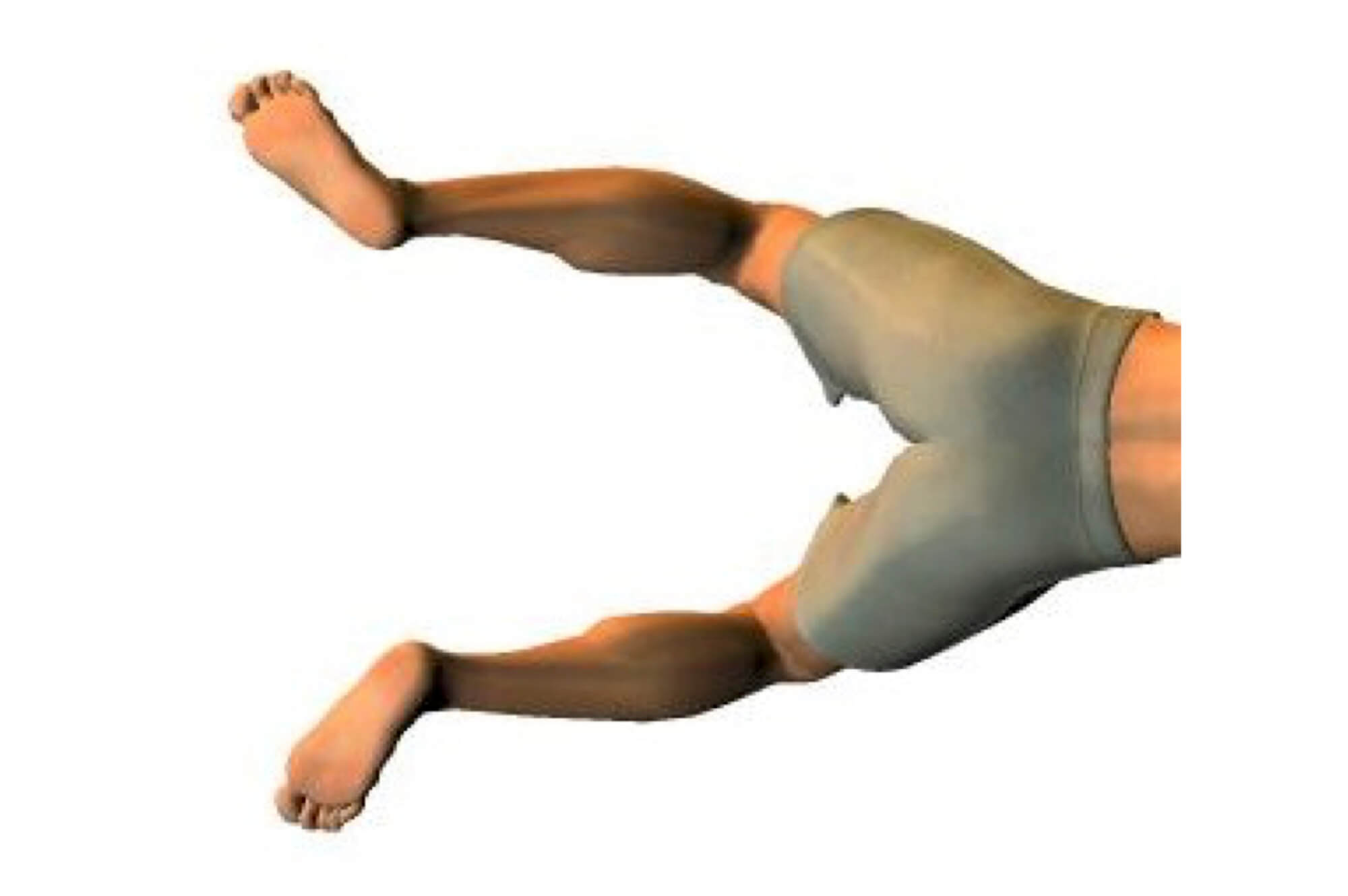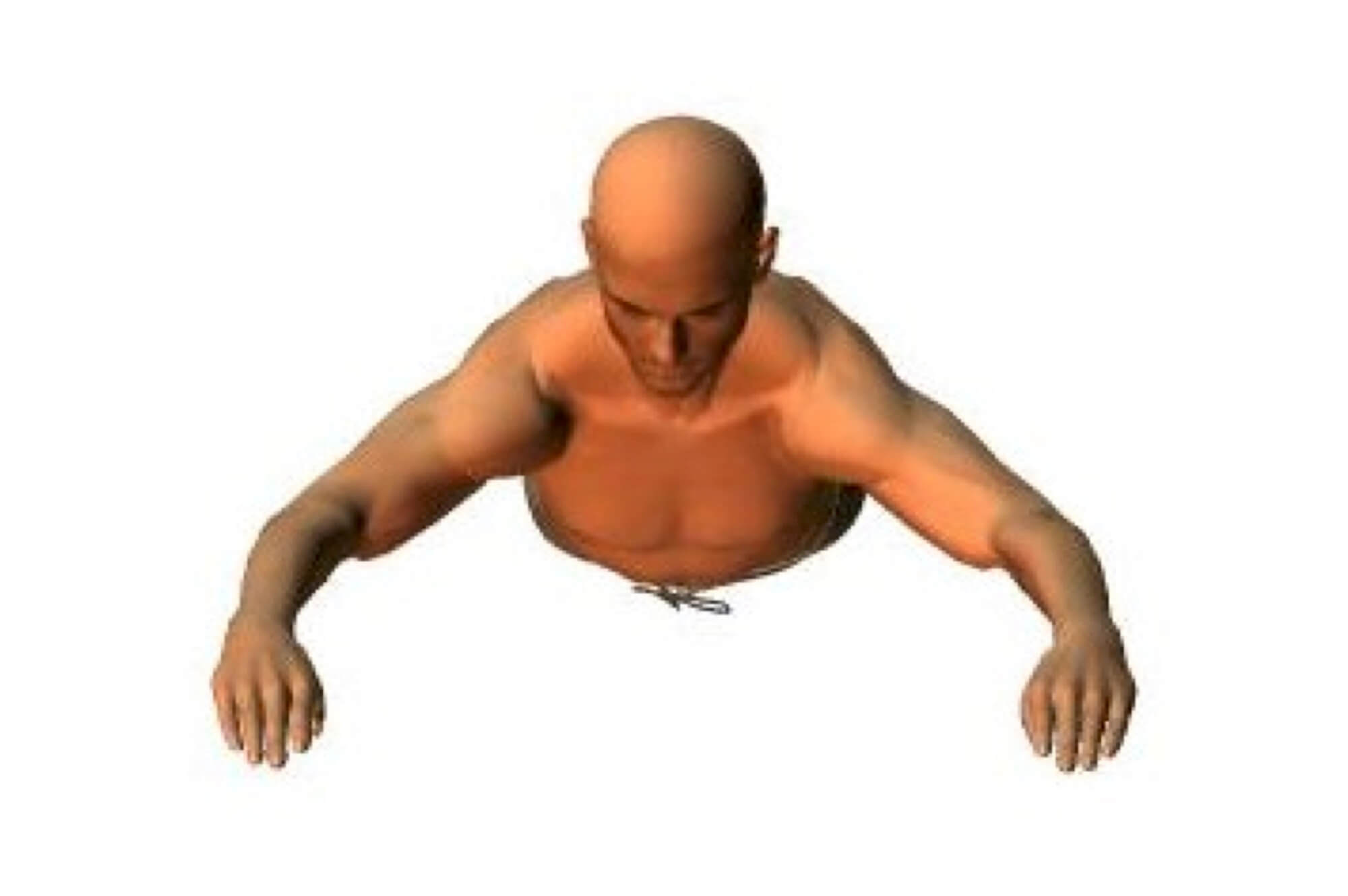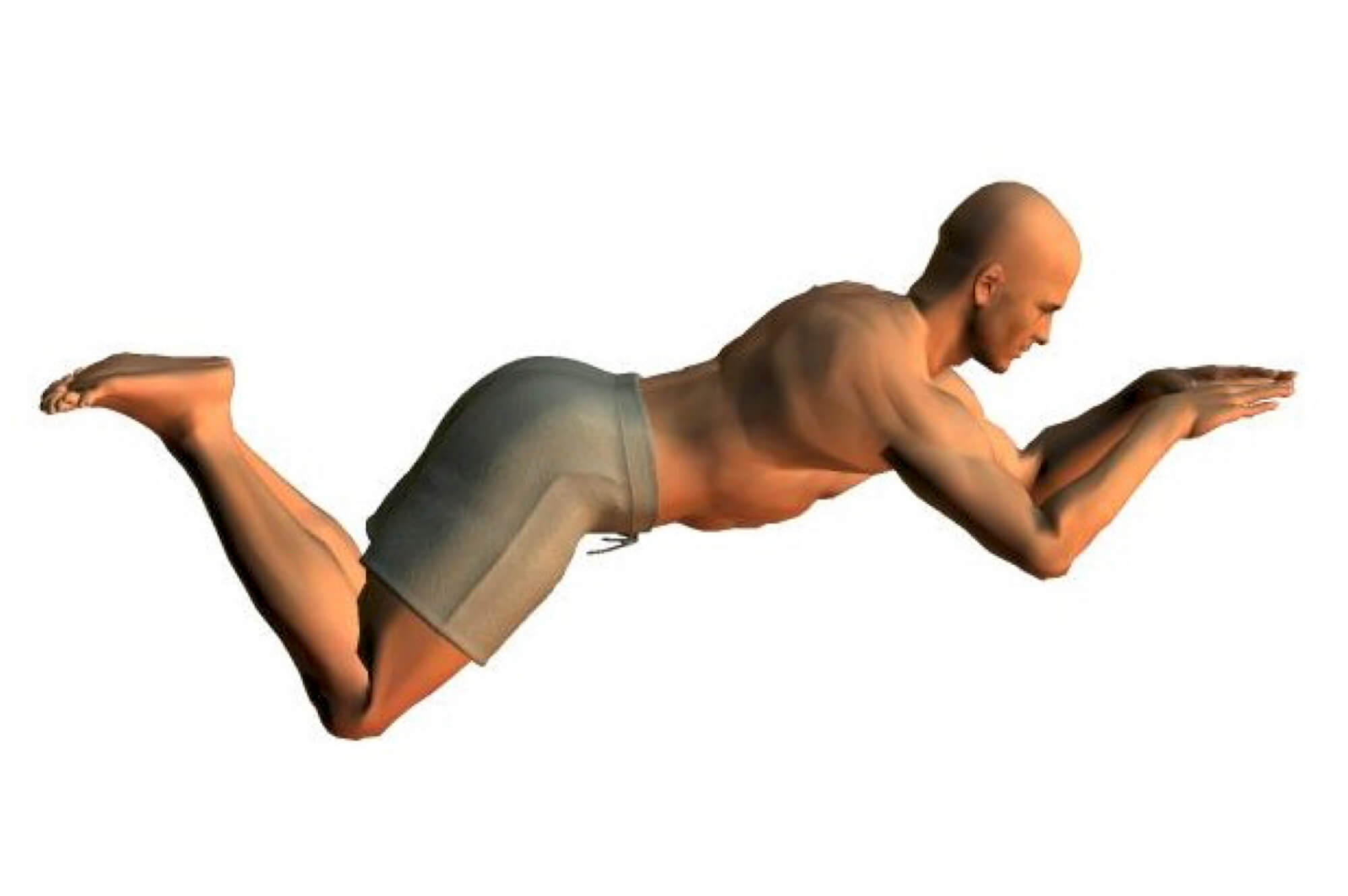- Swim Teach Home
- breaststroke swimming
- Breaststroke Kick for Beginners
Breaststroke Kick For Beginners: Getting It Right (Even If You're Just Starting Out)
The technical aspects of learning breaststroke kick for beginners can be daunting. It's an essential skill, though, and with a bit of guidance, you can master it. Whether you are a complete beginner or you can already swim, it can be very disheartening when you put your all into your breaststroke. Your leg kick ultimately lets you down and you feel you are going nowhere. You even feel like you are going backwards sometimes!
Let me break down the breaststroke kick into easy-to-understand steps to help you overcome some of the typical challenges.
The breaststroke kick - sometimes called the "frog kick" - is all about coordination, flexibility, and rhythm. But don't worry, you don't need to be perfect. You just need to keep at it, and I'll show you how.
Breaststroke Kick for beginners: STEP-BY-STEP
Let's break it down into bite-sized pieces so it's easier to understand and learn.
Start with a Good Body Position
- Lie flat in the water, tummy down.
- Keep your arms out front and your legs stretched out behind you.
- Relax your neck and look straight down—this helps with balance and staying streamlined.
Now for the Kick – Just Remember: Up, Out, Around, Together
- Heels Up: Bend your knees so your heels come up towards your bottom. Don't let your knees spread too wide—aim to keep them close together.
- Feet Out: Turn your feet outward like a duck - this sets up the kick.
- Kick Around: Sweep your feet in a wide, circular motion. Think of making a big circle with your toes.
- Snap Together: Snap your legs back together fast - this part gives you the push forward.
try this...
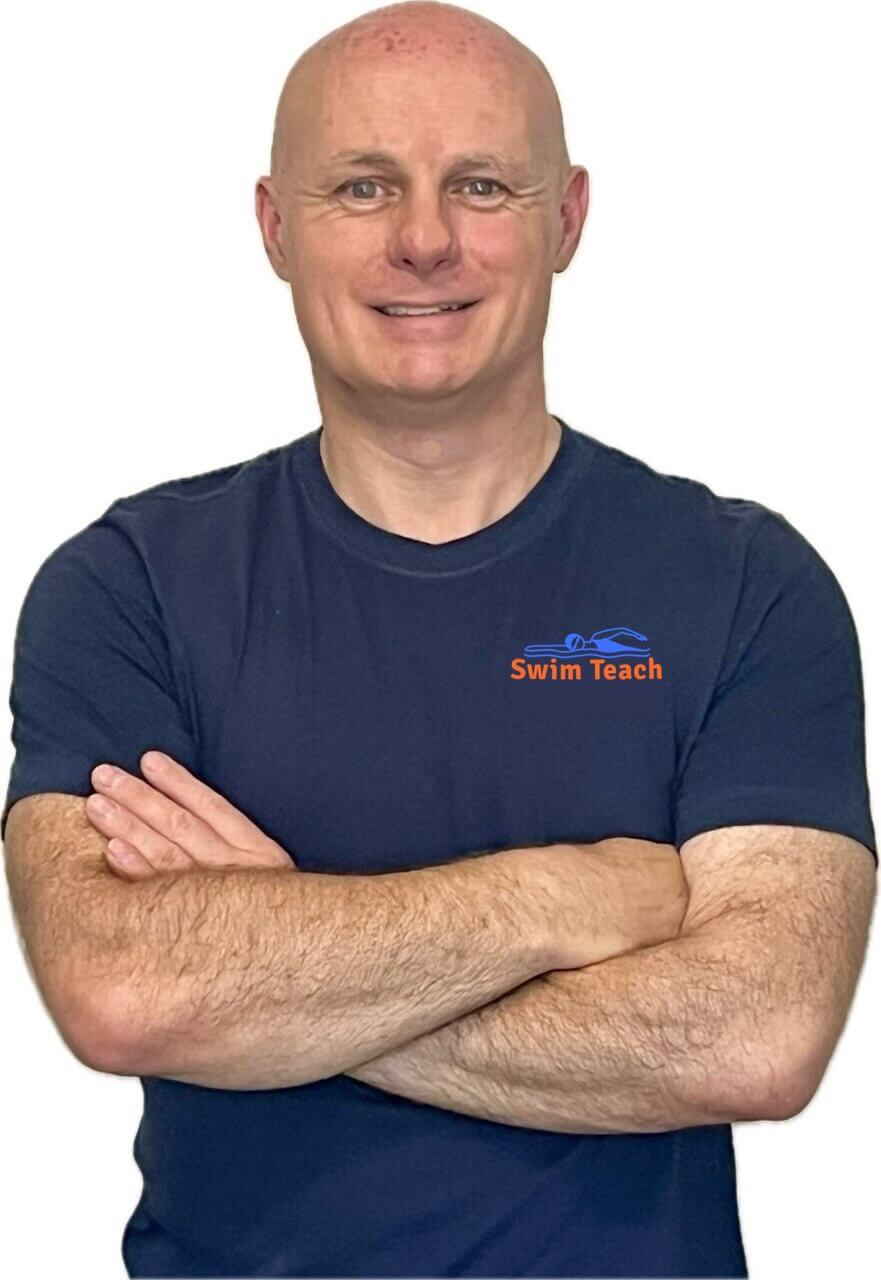
"Sitting on the side of the pool with your legs stretched out in front of you and then going through each of the four steps above is a great way to see exactly what your legs are doing. Work through step by step, over and over, until they become one fluid movement. I've done this many times with pupils over the years, and it sets them up nicely to have a go on their front, with some buoyancy aids to support them if needed. "
FREE EBOOK: all technique tips here can be found in my 'Breaststroke Technique' book, along with a couple of bonus drills to help you perfect some essential parts of the stroke.
Don't miss out! Click here to grab a FREE copy of my book.
Common Mistakes (and How to Fix Them Without Frustration)
No one gets it perfect right away, and that's totally okay. Here are a couple of common mistakes and what you can do about them.
❌ Too Wide With the Knees
- The issue: Legs go out too far and create drag.
- Quick tip: Focus on the feet doing the circle, not the knees. A gentle reminder like "keep your knees under your hips" often helps.
❌ Everything's Off Beat
- The issue: Arms, breathing, and legs all moving at different times.
- Quick tip: Use this rhythm: pull – breathe – kick – glide. Say it out loud as you move. It helps build a natural pattern.
Helpful Drills to Practice the Kick
Practice makes progress, especially with a few drills that make things click. Try these in your next swim session:
1. Sitting Kicks
- Sit on the edge of the pool.
- Stretch your legs out and practice each step of the kick over and over.
- Great for focusing on that smooth "up, out, around, together" movement.
2. Kickboard Kicks
- Use a kickboard to support your arms while your legs do the work.
- Keep your head down and perform your leg kick - feel if they're doing that nice, round sweep.
3. Vertical Kicking
- Stand upright in deep water and do the kick to keep yourself afloat.
- A slightly more advanced exercise, but it builds strength and helps you feel the water better.
From my personal experience...

"When it comes to breaststroke kick for beginners, I always teach my pupils that the key to an effective breaststroke leg kick is to ensure you have a powerful 'whip action' as your legs kick around and snap together. With your out-turned feet, along with your heels and souls providing the surface area to push the water, the whip action of your legs will give your stroke the boost it needs. Combine that with a well-timed glide, and you will maintain momentum, ready for the next stroke cycle. "
Want to See It in Action?
Watching someone else can make a big difference. Here's a great video that shows exactly what I've been talking about:
Key Takeaways Before You Hit the Pool
- Keep it simple: Up, out, around, together.
- Start slow: Focus on form first—speed will come later.
- Mistakes are part of learning: Don't stress! Small tweaks make a big difference.
- Drills help a lot: Mix them into your swim time.
Time to take your breaststroke to the next level
Breaststroke kick for beginners can be a complex task, especially when it comes to fitting it into the sequence of the whole stroke. Take it one step at a time, focus on getting each movement right, and gradually bring it all together. Before you know it, you'll cut through the water with a powerful and efficient breaststroke technique. Happy swimming!
'How To Swim Breaststroke' is your ticket to perfect breaststroke. Discover over 20 exercises that take each part of your swimming stroke and help fine-tune that part. Then, it will bring all the parts together to make you swim a fully formed and near-perfect breaststroke swimming stroke. Click here for an instant preview.
Click below and download your copy of my book today!
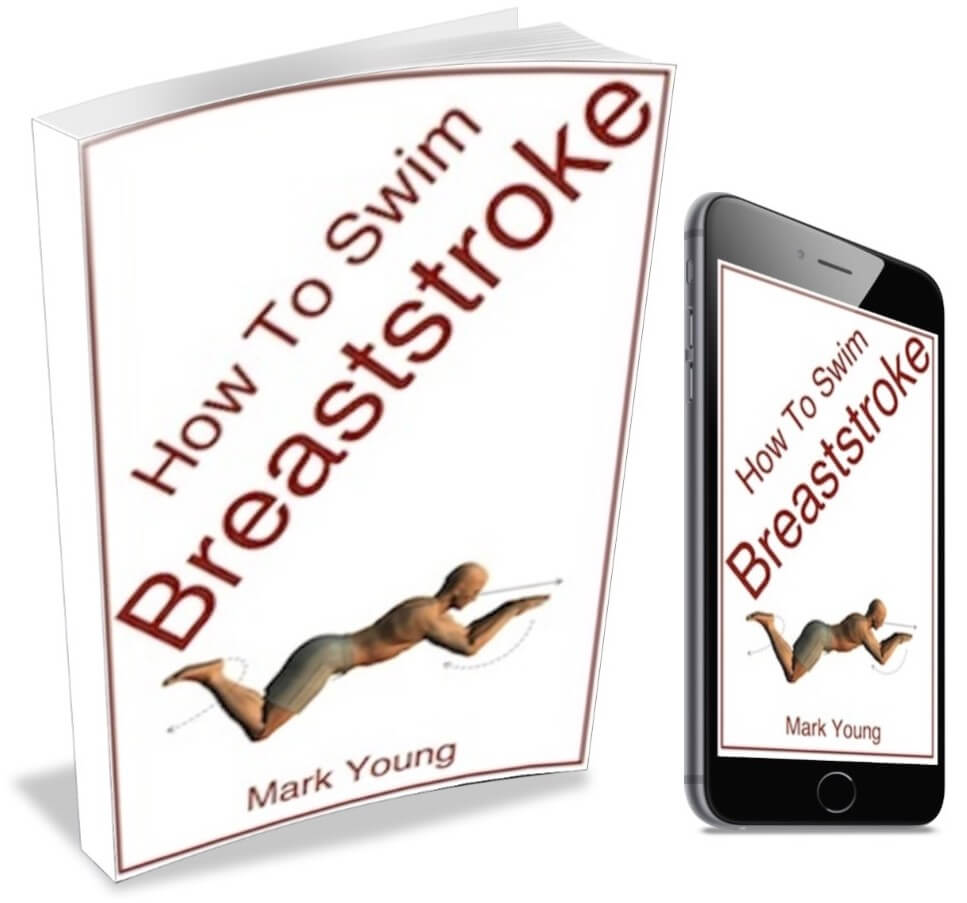 How To Swim Breaststroke
How To Swim Breaststroke$9.99

I am a member of the Amazon Associates Program and I will earn a commission from qualifying purchases at no extra cost to you.
Real-Life Questions and Answers
I'm having a lot of difficulty working out why my legs sink when swimming breaststroke. 'The majority of the power and momentum for breaststroke comes from the leg kick. The whip action of the circular kick gives the boost to not only move along but to remain at or near the water surface.'
I would like some tips on how to swim breaststroke with more speed. 'The propulsion for breaststroke comes from having a powerful leg kick, but speed over a longer distance comes from the glide phase of the stroke.'
How do I stop my feet and heels coming out of the water when I kick breaststroke? 'Now that you swim with your face in the water, your body position has shifted to a flatter, more horizontal position, with your head down and therefore your hips and legs higher up.'

